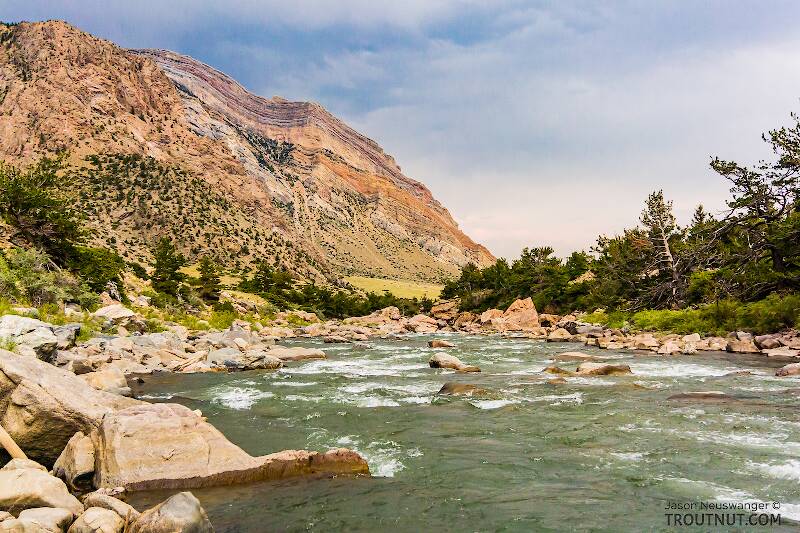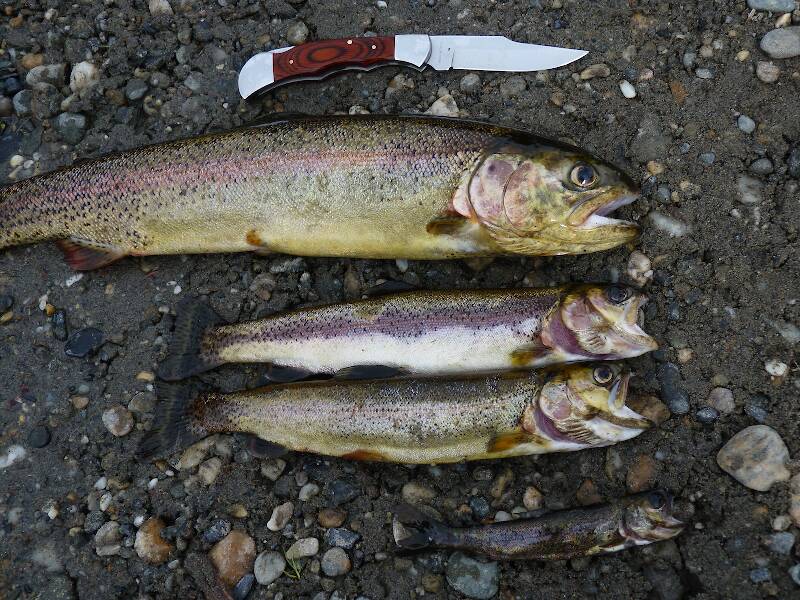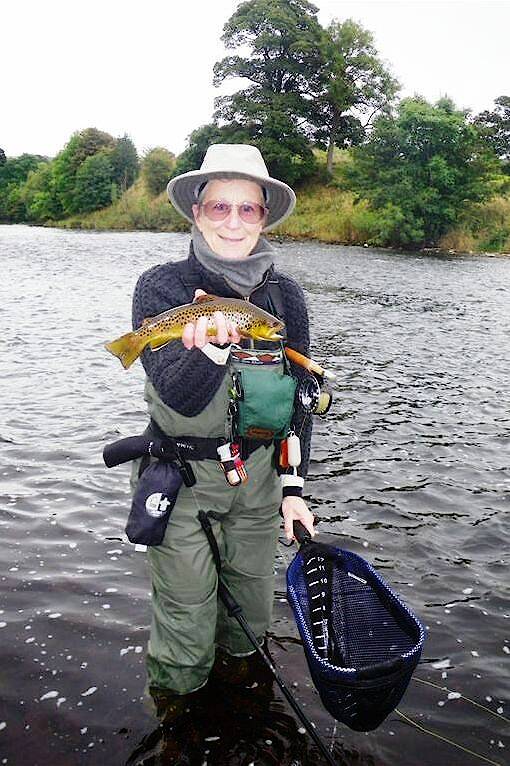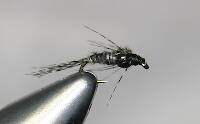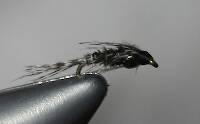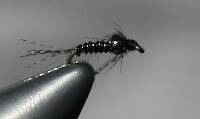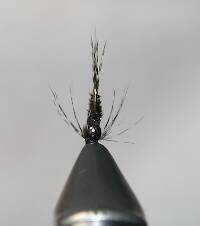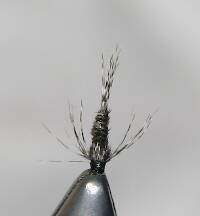
Blue-winged Olives
Baetis
Tiny Baetis mayflies are perhaps the most commonly encountered and imitated by anglers on all American trout streams due to their great abundance, widespread distribution, and trout-friendly emergence habits.
Featured on the forum

Troutnut is a project started in 2003 by salmonid ecologist Jason "Troutnut" Neuswanger to help anglers and
fly tyers unabashedly embrace the entomological side of the sport. Learn more about Troutnut or
support the project for an enhanced experience here.
GldstrmSam on Sep 22, 2012September 22nd, 2012, 2:09 pm EDT
Today is the day that we process turkeys, so that means I have a chance to get some feathers.
Does any body know a fly tying use for any white feathers from different parts of the turkey?
Does any body know a fly tying use for any white feathers from different parts of the turkey?
There is no greater fan of fly fishing than the worm. ~Patrick F. McManus
CaseyP on Sep 22, 2012September 22nd, 2012, 2:41 pm EDT
the white body feathers are great for making quills out of for quill-bodied dry flies. check out A.K. Best's patterns. he's got a whole system of stripping and dying them.
they also make nice little posts for parachutes.
they also make nice little posts for parachutes.
"You can observe a lot by watching." Yogi Berra
Entoman on Sep 22, 2012September 22nd, 2012, 10:19 pm EDT
Hi Sam,
Yes indeed! Marabou (streamers, emergers, etc.) and neck feathers or "T-base" come to mind (for wing posts on parachute patterns). Some of the body feathers or "flats" are also good, and the leading edges of their flight feathers have long quills that can be dyed to use for quill bodies and stonefly tails. They are much better than goose in terms of toughness and length. In their natural white state they are great for Prince Nymph wings. Lots of useful feathers!
Yes indeed! Marabou (streamers, emergers, etc.) and neck feathers or "T-base" come to mind (for wing posts on parachute patterns). Some of the body feathers or "flats" are also good, and the leading edges of their flight feathers have long quills that can be dyed to use for quill bodies and stonefly tails. They are much better than goose in terms of toughness and length. In their natural white state they are great for Prince Nymph wings. Lots of useful feathers!
"It's not that I find fishing so important, it's just that I find all other endeavors of Man equally unimportant... And not nearly as much fun!" Robert Traver, Anatomy of a Fisherman
GldstrmSam on Sep 23, 2012September 23rd, 2012, 9:41 pm EDT
Thanks Guys,
By the time I read your posts the turkeys were done, but I did get some off the ground.
By the time I read your posts the turkeys were done, but I did get some off the ground.
There is no greater fan of fly fishing than the worm. ~Patrick F. McManus
Quick Reply
Related Discussions
Topic
Replies
Last Reply
Re: Public service announcement: PMDs aren't yellow
In Male Ephemerella excrucians Mayfly Dun by Troutnut
In Male Ephemerella excrucians Mayfly Dun by Troutnut
13
Aug 28, 2020
by Wiflyfisher
by Wiflyfisher

